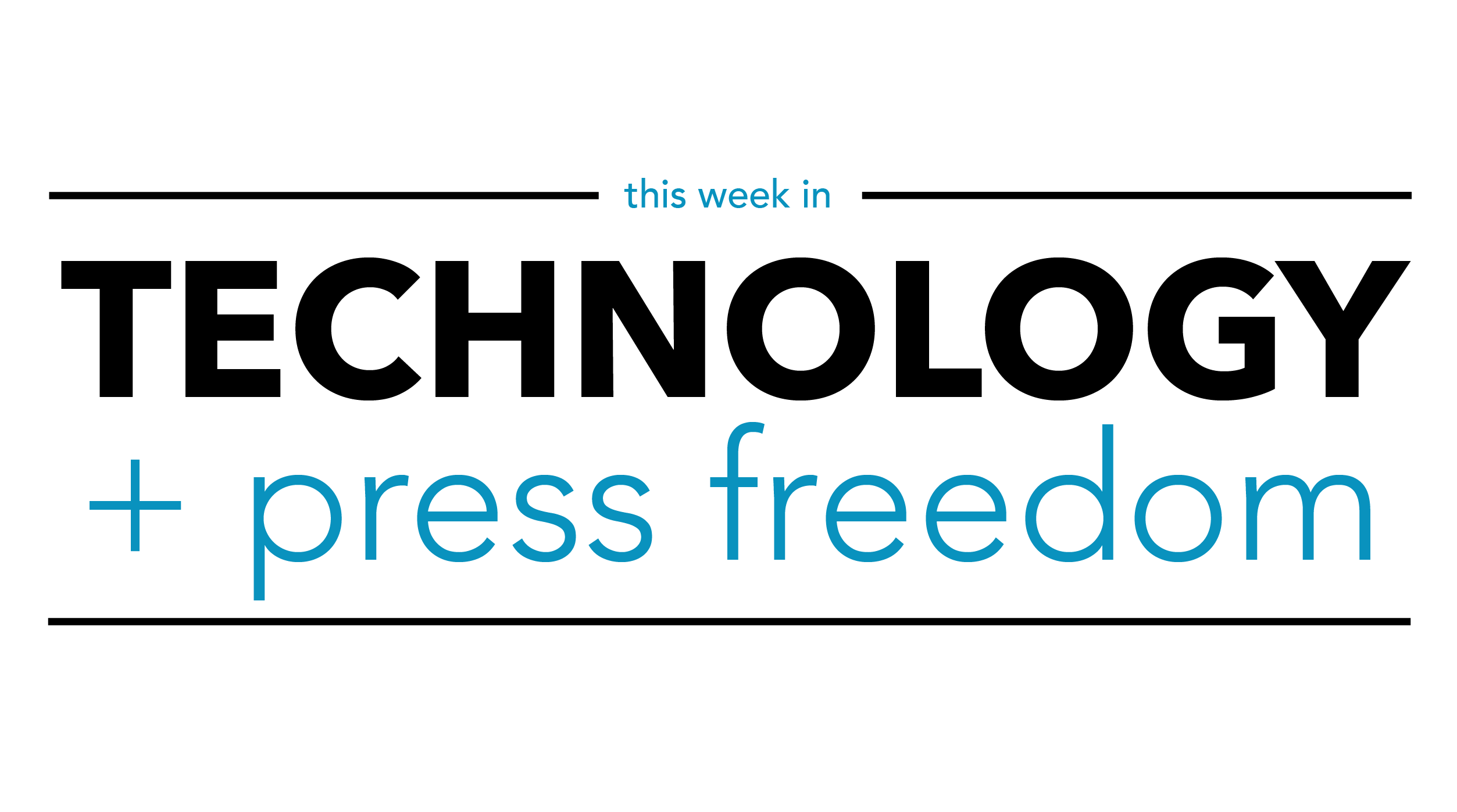At the Supreme Court, another hint of trouble for New York Times v. Sullivan?

Predicting which petitions for review will catch the Supreme Court’s attention is always a gamble, never a science. Still, some tea leaves — if rarely decisive — at least have some grounding in empirical reality and therefore reliably raise eyebrows outside the Court. One of those signals, albeit a very, very weak one, according to a Bloomberg Law analysis, is whether the Court calls for a response to a petition when the winning party below hasn’t filed one. And last week, in keeping with a trend that has kept the press-freedom community on edge, the Court called for a response to yet another petition asking it to overturn its decision in New York Times v. Sullivan.
The Supreme Court has recently been barraged with bids to overrule the landmark press-freedom precedent, which established the requirement that public figures show “actual malice” to succeed on a defamation claim. In a sort of temporal pincer movement, critics of the decision maintain both that the rule is inconsistent with the original understanding of the Constitution and that it needs updating in light of the dynamics of online media. Last year, dissenting from the denial of certiorari in a case called Berisha v. Lawson, Justice Neil Gorsuch invoked “momentous changes in the Nation’s media landscape since 1964” as his reason to revisit Sullivan, while Justice Clarence Thomas pointed to the ease with which the “Pizzagate” conspiracy theory spread online.
The latest petition before the Court, Coral Ridge Ministries Media v. Southern Poverty Law Center, retreads that ground in a case involving a Christian ministry that objected to its placement on the Southern Poverty Law Center’s “Hate Map,” which tracks hate groups across the country. Relying heavily on Justices Gorsuch and Thomas’s separate opinions, as well as a law review article that then-Professor Elena Kagan wrote in 1993 that expressed misgivings about Sullivan’s effects on press norms, the petition hopes to count to four where nearly identical appeals have, at least so far, fallen short.
Of course, a call for a response only makes a grant modestly less unlikely — not affirmatively likely — and could mean only that a clerk in a particular chambers, behind on their workload, would like a little more time to write their memo on the case. The SPLC’s response is currently due Feb. 9, which would, under the Court’s usual rhythms, put the petition before the justices for consideration at conference sometime in late February.
As we have with previous developments in this space, we will, of course, be watching closely to see what comes of the Court’s consideration. And hopefully, the answer will again be “nothing.”
Like what you’ve read? Sign up to get the full This Week in Technology + Press Freedom newsletter delivered straight to your inbox!
The Technology and Press Freedom Project at the Reporters Committee for Freedom of the Press uses integrated advocacy — combining the law, policy analysis, and public education — to defend and promote press rights on issues at the intersection of technology and press freedom, such as reporter-source confidentiality protections, electronic surveillance law and policy, and content regulation online and in other media. TPFP is directed by Reporters Committee attorney Gabe Rottman. He works with Stanton Foundation National Security/Free Press Legal Fellow Grayson Clary and Technology and Press Freedom Project Legal Fellow Gillian Vernick.